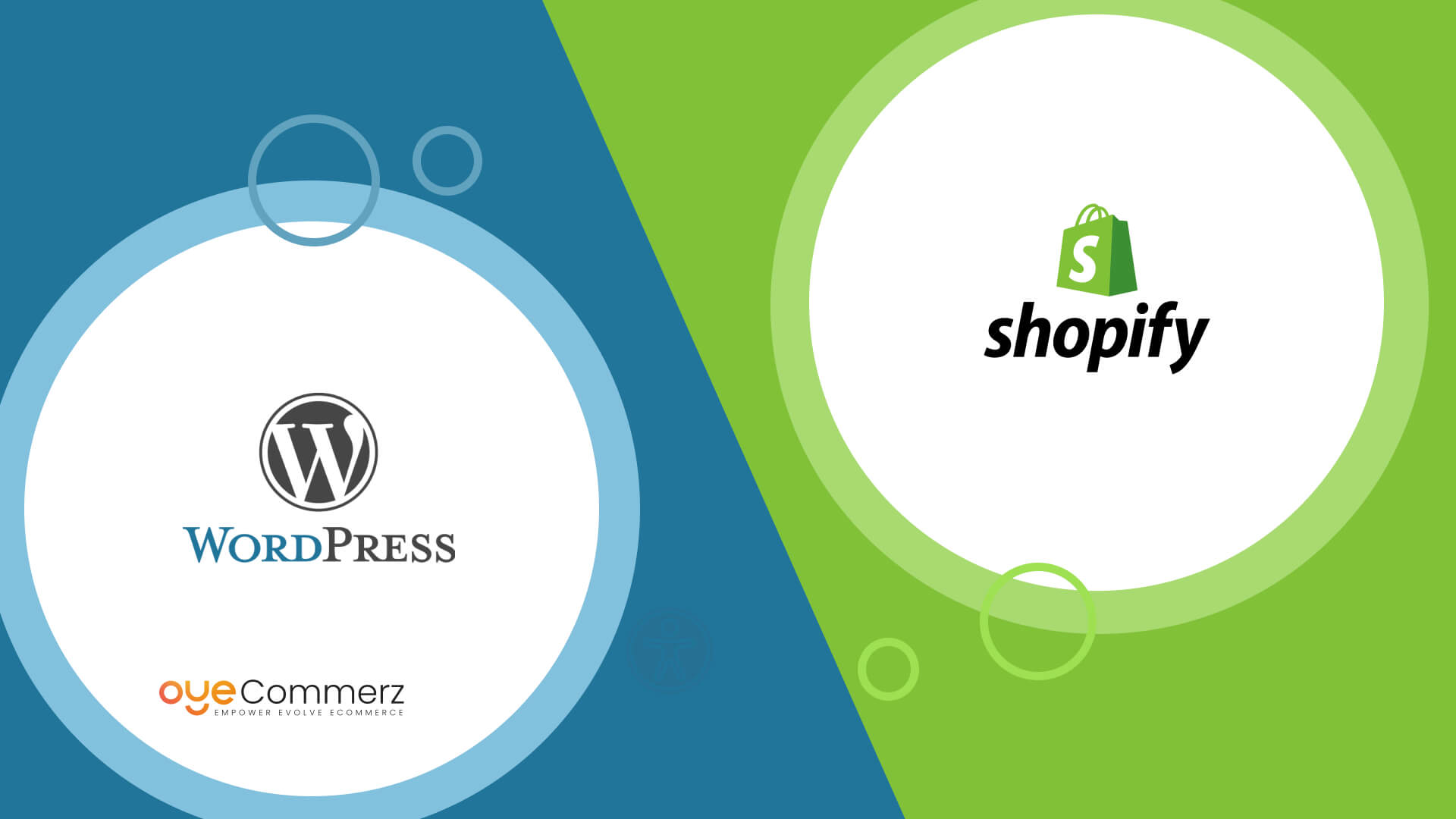Shifting from WP to Shopify is an promising step toward streamlining your e-commerce processes. As companies grow, choosing a solution that aligns with growth potential, user experience, and flexibility is essential. Shopify has emerged as a preferred choice for online merchants, providing unmatched adaptability, security, and user-friendliness. In this guide, we will delve into why this migration is a game-changer, highlight the benefits, and share actionable steps to facilitate a seamless move.
1. Top Reasons to Transition from WordPress to Shopify
The combination of WordPress and WooCommerce, has served countless e-commerce platforms. Nevertheless, as companies scale, challenges like reliance on plugins, security vulnerabilities, and complex setups can hinder growth. Shopify, specifically created for e-commerce, eliminates these concerns with an all-in-one, intuitive solution. Real data back this shift—Shopify powers over 4.4 million stores globally, with a reported 10% boost to sales conversion rates for many businesses post-switch.
2. Key Benefits of Shopify for E-commerce Success
Shopify’s powerful platform is tailored for scaling brands. Its notable benefits are:
- Seamless Customization: Shopify offers over 80 expertly crafted themes.
- Integrated Tools: Features like Shopify Payments and integrated SEO streamline operations.
- Global Reach: Multi-currency support and regional customization empower businesses to expand internationally.
Additionally, Shopify delivers an uptime rate of 99.98%, ensuring your store remains accessible.
3. Preparing for WordPress to Shopify Migration
Prior to starting the migration process, evaluate your current store. Analyze product data, customer details, and SEO performance. Resources such as Shopify’s Migration Kit or external tools help ease the transition. Develop a comprehensive plan, making sure all assets—item details, media files, and blog content—are optimized for transfer.
4. The Importance of Accurate Data Migration
Transferring your data is a cornerstone of a smooth transition. When migrating from WP to Shopify, prioritize:
- Product Information: SKU, item summaries, and categories.
- Client Information: Emails, order history, and custom fields.
- SEO Optimization: Preserve meta tags, URLs, and redirects to maintain search rankings.
Use apps like LitExtension to facilitate seamless migration while reducing mistakes.
5. Tailoring Your Shopify Store to Fit Your Brand
Post-migration, personalizing your Shopify store helps it aligns with your business identity. Utilize Shopify’s intuitive page builder to create layouts with ease. Shopify's templates are optimized for all devices, providing a smooth UX across devices—a critical factor, since 74% of e-commerce traffic comes from mobile visitors.
6. How to Protect Your SEO Rankings When Switching Platforms
SEO is vital for preserving your visibility during migration. Shopify excels in SEO with clean URL structures, preloaded features, and seamless blog integration. Ensure:
- Implement 301 redirects for old URLs.
- Optimize new pages with keyword-rich content.
- Use Shopify's apps Plug in SEO to monitor performance post-migration.
7. Essential Tests After Migrating to Shopify
After finishing the transfer, run detailed checks.
Review: - Website speed (Shopify delivers faster speeds compared to WordPress).
- Functionality of payment gateways and checkout processes.
- Adaptability across devices.
Testing guarantees your store delivers a smooth shopping experience from day one.
8. Real-Life Success Story
One such migration success story is Gymshark, a sportswear company WordPress vs. Shopify for eCommerce that moved to Shopify. After the switch, the company experienced a 60% increase in mobile sales and reduced site downtime. This highlights the capabilities of Shopify in driving e-commerce growth.
9. Overcoming Common Migration Issues
Migration is not without obstacles, such as information accuracy and reconfiguring custom functionalities. However, Shopify’s robust support and external professionals simplify the process. Collaborating with experienced Shopify developers helps guarantee a trouble-free transition.
10. Starting Your Journey with Shopify
Migrating from WP to Shopify marks a forward-thinking approach to online retail. By focusing on growth, simplifying management, and improving buyer satisfaction, Shopify enables companies to thrive in competitive markets.
Final Thoughts
Switching from WP to Shopify offers a smart solution that can significantly boost your online business performance. With a well-structured strategy, the right tools, and professional guidance, you can achieve new growth opportunities.
Excited to start the journey? Reach out today to learn how our Shopify migration services can transform your e-commerce platform. Get in touch today, or ask yourself: Is it time to seize Migration from WordPress CMS Shopify’s advantages for your store?
